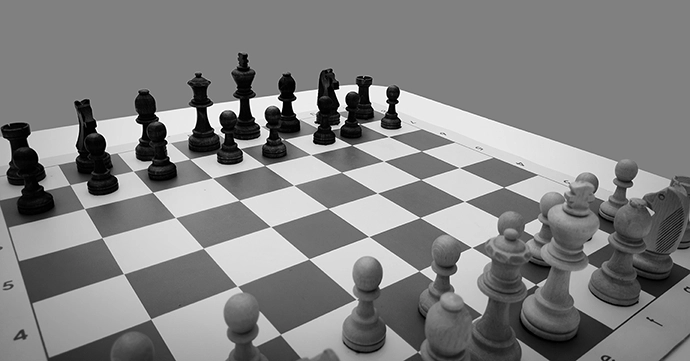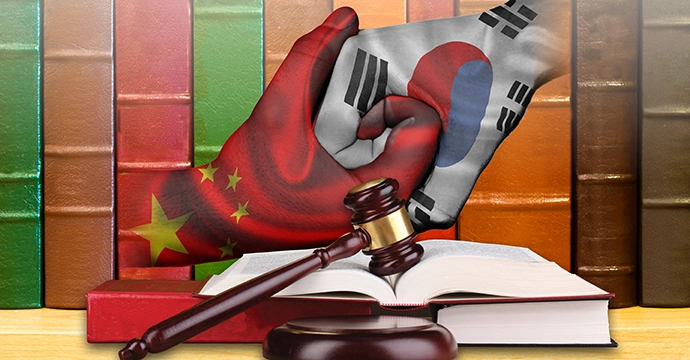China’s Health Care and Foreign Investment
Image: George Hodan, Cardiogram Pulse Trace (Publicdomainpictures.net)
The World Health Organization has projected that, compared with 2018, nearly 360 million more people in China will enjoy improvements in health and wellbeing in 2025. To meet this target, among others, and to prepare for health care challenges arising from significant demographic changes occurring in China, the Chinese leadership has introduced various measures, including allowing the establishment of wholly foreign-owned hospitals in nine localities. These measures are welcome. However, a major problem lies in whether China is ready to amend legal rules to reduce the legal risks associated with medical practice as potential criminal consequences are likely to deter foreign medical professionals from practicing in China.Read more


















